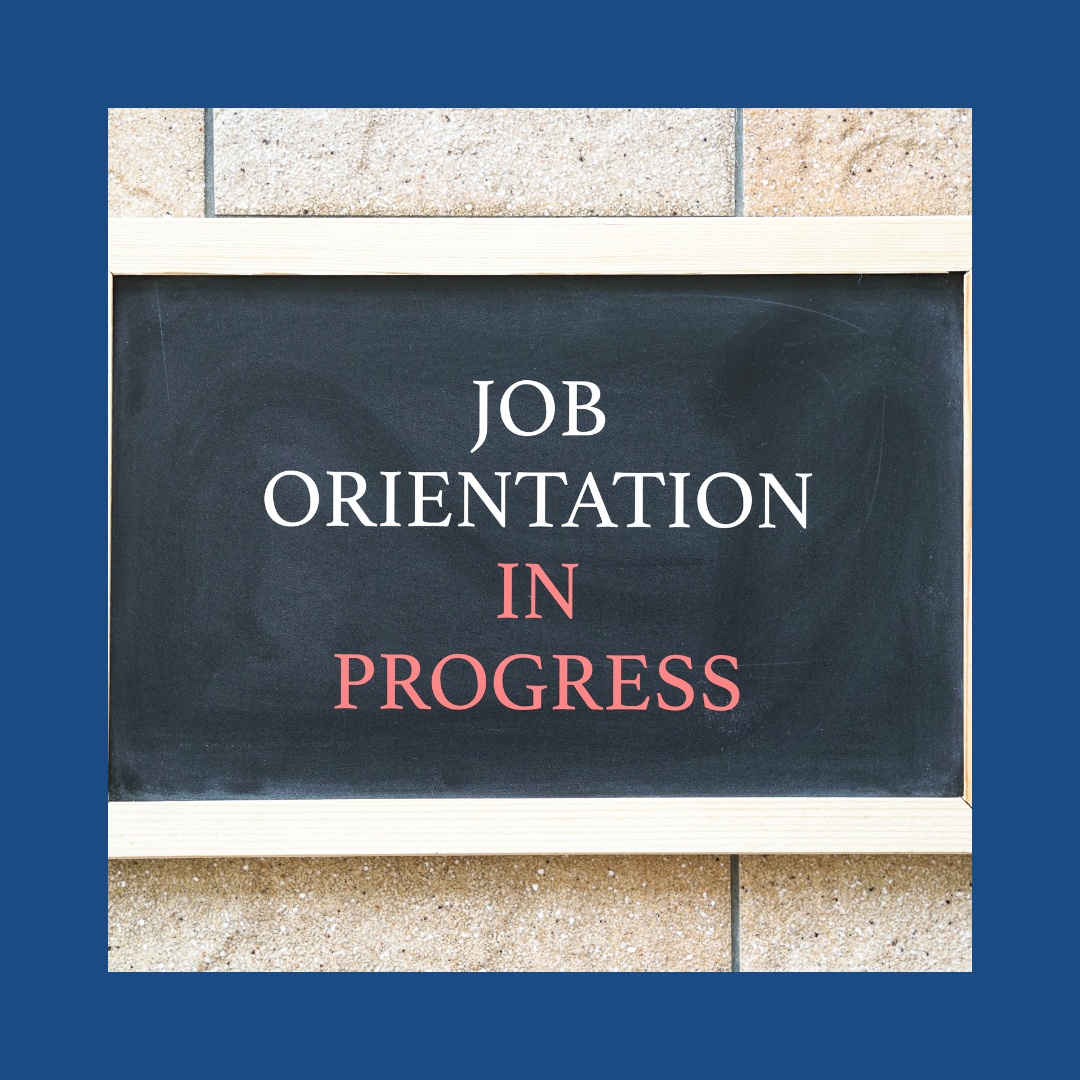 Image 1 of
Image 1 of


Employee Orientation Session
Total Length: 1.5 hours. Includes 1 hour of orientation and 30 minutes for Q&A. Employee orientation sessions are a critical part of the onboarding process for new hires in an organization. Current employees can benefit from this as well if your company is implementing change or rolling out a new employee handbook. These sessions are designed to provide employees with essential information about the company, its culture, policies, and procedures, as well as their specific roles and responsibilities.
Total Length: 1.5 hours. Includes 1 hour of orientation and 30 minutes for Q&A. Employee orientation sessions are a critical part of the onboarding process for new hires in an organization. Current employees can benefit from this as well if your company is implementing change or rolling out a new employee handbook. These sessions are designed to provide employees with essential information about the company, its culture, policies, and procedures, as well as their specific roles and responsibilities.
Total Length: 1.5 hours. Includes 1 hour of orientation and 30 minutes for Q&A. Employee orientation sessions are a critical part of the onboarding process for new hires in an organization. Current employees can benefit from this as well if your company is implementing change or rolling out a new employee handbook. These sessions are designed to provide employees with essential information about the company, its culture, policies, and procedures, as well as their specific roles and responsibilities.
Key Components of Employee Orientation Sessions:
1. Introduction to the Company:
- Overview of the company’s history, mission, vision, and values.
- Introduction to key leadership and the organizational structure.
2. Policies and Procedures:
- Explanation of important policies such as attendance, dress code, and workplace behavior.
- Overview of employee benefits, compensation structure, and any relevant legal or safety protocols.
3. Training and Development:
- Information about training programs and opportunities for professional development.
- Introduction to performance evaluation processes.
4. Culture and Environment:
- An exploration of the company culture and expectations for collaboration and communication.
- Discussion of diversity and inclusivity initiatives.
5. Resources and Tools:
- Providing access to tools and resources necessary for job performance, such as software systems and equipment.
- Introduction to key contacts within the organization for support and questions.

